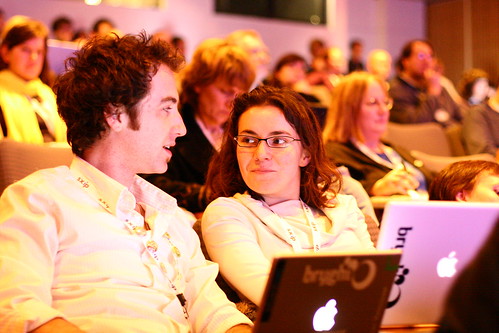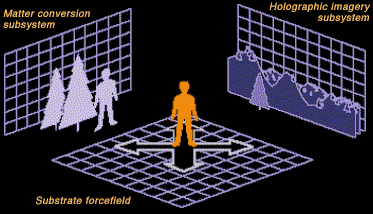Women help make the Second World go 'round
I am not writing this out of some perceived superiority about my sex or gender (I am really not into male bashing or anything like it), but I believe that the high number of women in Second Life make it a richer world. Currently women make one out of every three players and spend a longer time in SL than men. http://secondlife.reuters.com/stories/2007/06/13/second-life-growth-cools-women-outnumbered-3-to-1/The percentage of women in SL has been higher at times to take with a grain of salt the constantly fluctuating population statistics. The point is, if you are going to create a virtual world, you had better have both sexes participating in it because it makes it a richer world.(As opposed to the old idea of MMORGPs be the domain of 18-35 year old males.) SL is paricularly affected because it relies to heavily on social interaction as opposed to simulated violence. Note that 84% of World of Warcraft player are male. http://www.motherjones.com/news/exhibit/2007/05/exhibit.html
Of course it is still tough to know how accurate these numbers are due to a decent number of men who use female avatars. Why do they dress up as females? I don't think it is always a form of sexual fetishish as it is assumed to be. I know several avatars that try on a female avatar as casually as an alien avatar. It is certainly a lot more familar and easy to role play or emulate the opposite sex rather than it is to emulate a space alien. Its the equivalent of wearing a halloween costume and to pretending to be that character for the day.

So why do women make the world go around?
Women and their impressionists provide a lot of what people come to view as part of a complete world. People crave social interaction, flirtation, sexual tension, a female sense of style, and just a counter balance for one style of mindset. The more variation in avatar the richer the world. Basically, when designing a virtual environment, having women in it bumps the level of sophistication and complexity of the world up a notch.



